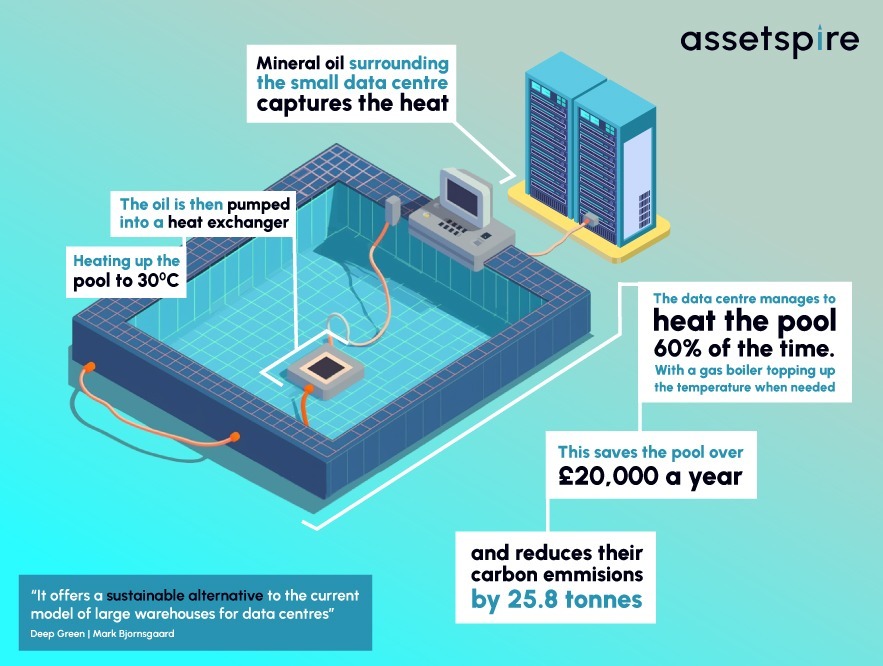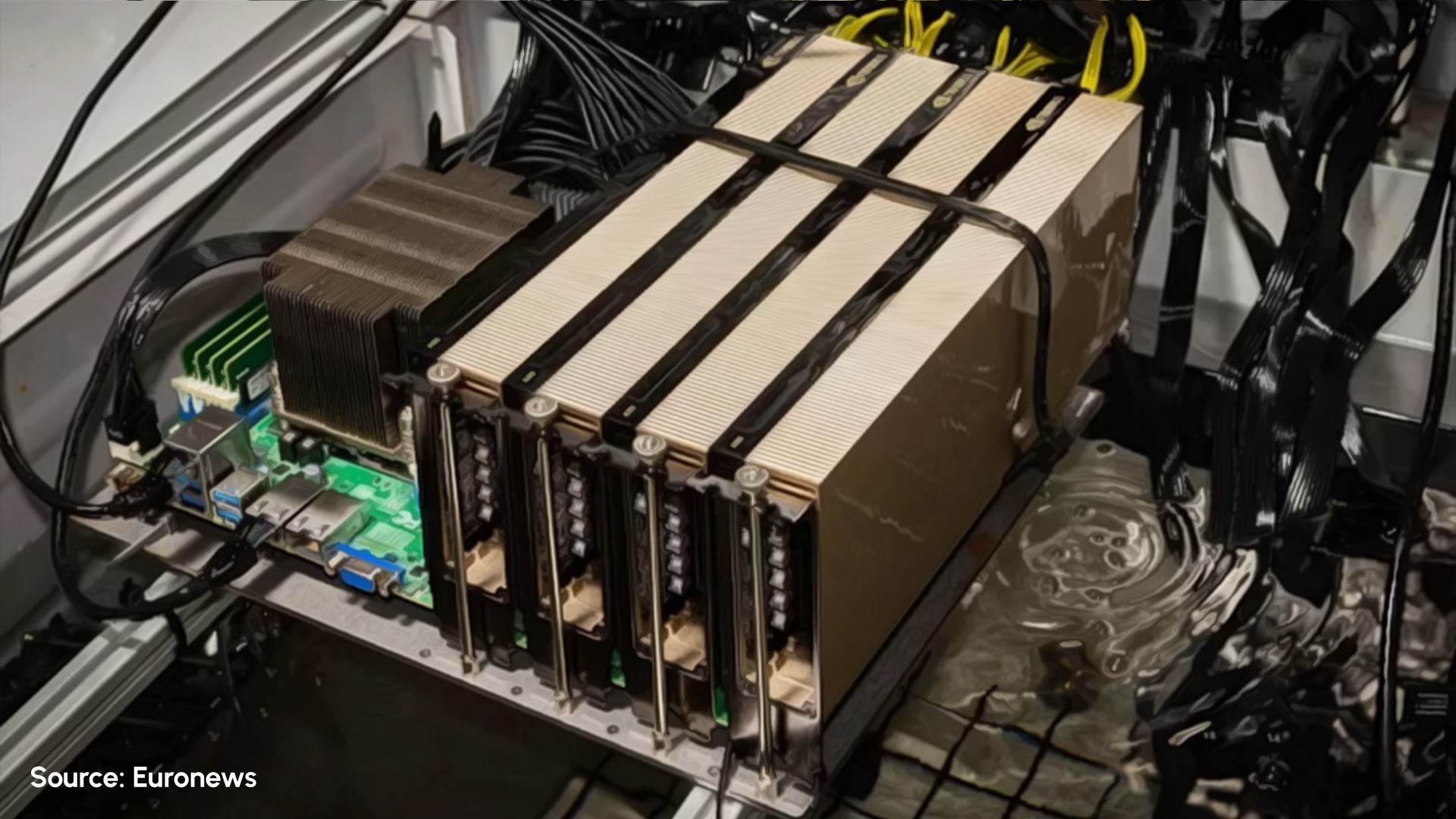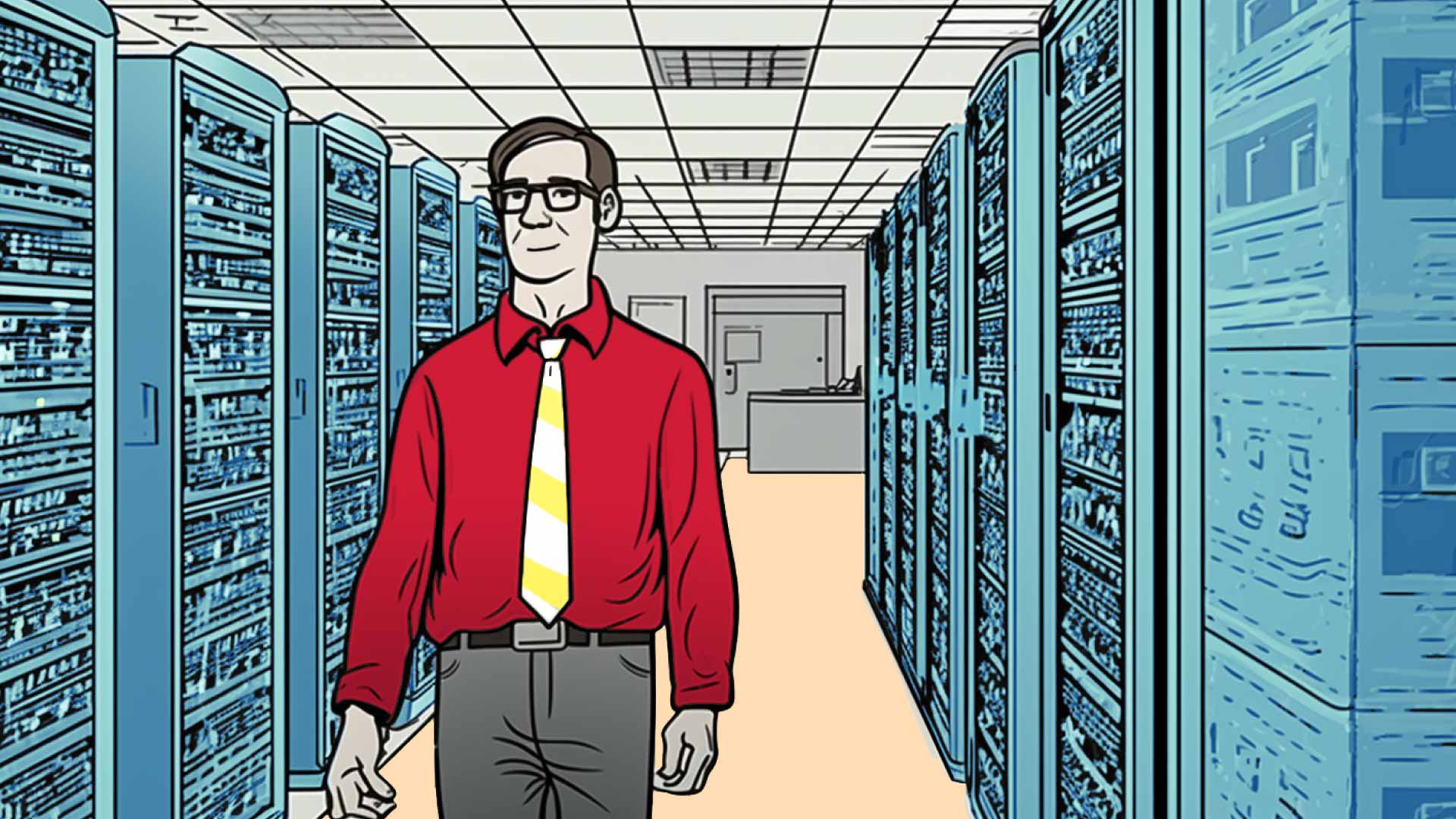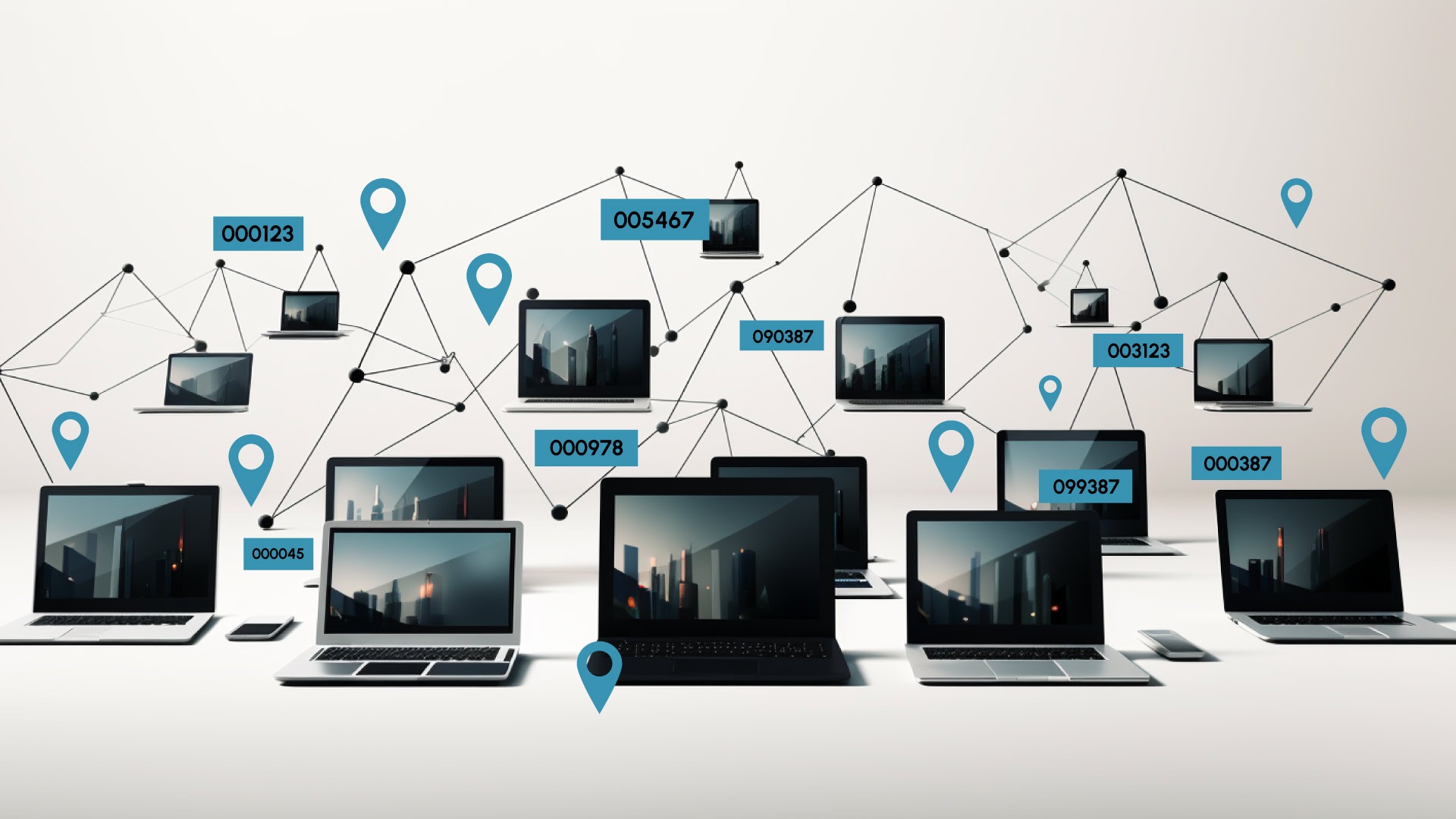We hear it on the news every day – gas and electric bills are shooting through the roof, and data centres get a lot of stick for their significant contribution to global energy consumption. But what if data centres were the good guys in the news for once?
As it happens, praises have been sung for a tiny data centre the size of a washing machine that has come up with an innovative way to reuse the heat it generates.
The excess heat generated by start-up Deep Green, a company offering computing power for AI and machine learning, is being used to heat Exmouth leisure centre’s swimming pool, saving the council thousands of pounds.
Incredible news when data centres around the world are fighting their way towards environmental goals. Can all data centres implement this kind of heat recycling? And what other options are out there?

Table of Contents
ToggleHow Exactly Does This Recycled Heating Work?
Sounds like a great idea, especially when it comes to data centres racing to meet net-zero emissions targets. But how does this green idea work?
It’s actually quite simple. Oil surrounding the mini data centre captures heat from the computers inside, which is then pumped into a heat exchanger – just enough to heat a swimming pool to around 30°C around 60% of the time.
Founder of this initiative, Mark Bjornsgaard explains “It’s great for them – they get to reduce the cost of heating the pool and reduce the amount of carbon they use, and good for us because we can offer cheaper computer services because we don’t have the cooling costs”.
The service is offered to the council free of charge and, so far, seven more swimming pools in England have also signed up.
Manager of the Exmouth leisure centre, Sean Day, says “The partnership has really helped us reduce the costs of what has been astronomical over the last 12 months – our energy prices and gas prices have gone through the roof”.
Imagine What a Full Size Data Centre Could Achieve…
Can all data centres follow suit and redirect their excess heat for good? Just think of the money it could save in heating and what it could do to meet environmental goals.
Mark Bjornsgaard explains that ‘a lot of the money that it costs to run a data centre is taken up in getting rid of the heat’ while global engineering company, Danfoss, estimates that excess heat is the world’s ‘largest untapped energy source’.
So, is there a way to reduce the billions of gallons of water used for cooling and save on the millions of pounds spent? Cooling is already a huge problem and a main cause of downtime due to overheating and a large proportion of data centre budgets. Read more about the environmental impact of data centres in our blog.
The solutions so far have been moving to cooler climates, implementing underwater cooling and integrating smart DCIM to optimise cooling, saving huge chunks of energy costs.
Could redistributing heat to nearby facilities, such as swimming pools where heat is beneficial, be the next answer to data centre’s excess heat problem?
The main problem here is location. The heated oil needs to be close enough to the swimming pool to be of use. It may be a case of splitting servers into smaller data centre ‘boxes’ and distributing them to each swimming pool that requires heating.
Bjornsgaard says “As the world moves, we need 10 times the amount of computers and we cannot build 10 times the amount of data centres. So there is a need to decentralise them and take little bits of them to where the heat is required.”

Can Data Centres Heat More Than Just Swimming Pools?
Absolutely, yes. Take the 2MW data centre installed into the caves beneath Helsinki’s Orthodox Uspenski Cathedral. Hundreds of homes in the city are heated via the water warmed in cooling the data centre distributed through underground insulated pipes.
Recycling thermal energy isn’t a new idea. Denmark, Sweden and other eastern European countries utilise the heat generated from their larger data centres to power thousands of local homes.
And Ireland has recently joined in with a similar method of sending hot water to heat buildings via a network of pipes.
Is it Enough to Reach Net-Zero Goals?
So why haven’t all data centres already jumped on board and started recycling their unwanted excess heat? It’s down to the location issue, mentioned earlier, where the source of the heat needs to be close enough to the facility it intends to heat. Some of the biggest data centres tend to be located away from residential areas, in large industrial zones.
Big corporations, such as Google and Facebook are looking for less niche solutions on a much larger scale. Along with the size of their data centres, DCIM offering precise data centre monitoring allows for economical and environmental efficiencies, significantly reducing their carbon footprints.
The other issue here is cost. The low temperature of the heat produced by data centres needs to be compressed to be useful, which comes at a cost. Germany has been trying to encourage all data centres to repurpose their heat but has been met with resistance from the utility companies that would need to install expensive heat pumps to accommodate this option.
What is the Environmentally Friendly Alternative?
The terrifying prospect looms that data centres are using more and more of the globe’s energy resources. Is there a realistic system to achieve climate neutrality and sustainability?
Fortunately, there are other ways to lessen data centre’s environmental impact while also improving energy efficiency and saving money. The easiest and most accurate method of seeking out the source of wasted energy is with our innovative DCIM.
It offers real-time insight into capacity, current and past utilisation and management of which sources of energy this is from. By monitoring source utility to assess which renewable energy sources are being used, you have the ability to track sustainability and global impact.
Not only that, our DCIM provides a full and accurate overview of all assets, so you can see exactly where the energy guzzling obsolete and outdated equipment is hiding in plain sight, offering the insight to be able repurpose older assets or replace them.
Set data standards, see at a glance renewable energy sources, track sustainability goals and measure global impact with the dynamic dashboard. Only with 100% accurate, real-time data can data centres be empowered to make future-proofed decisions.
Next-gen DCIM can generate massive energy savings of up to 30% – a significant leap towards net-zero. Our intelligent solutions give back full control over your data centre space, so you can work smarter and save energy.
If your data centre isn’t located in your local leisure centre, heating a swimming pool, speak to us or try our free demo and we’ll help you reach net-zero.





